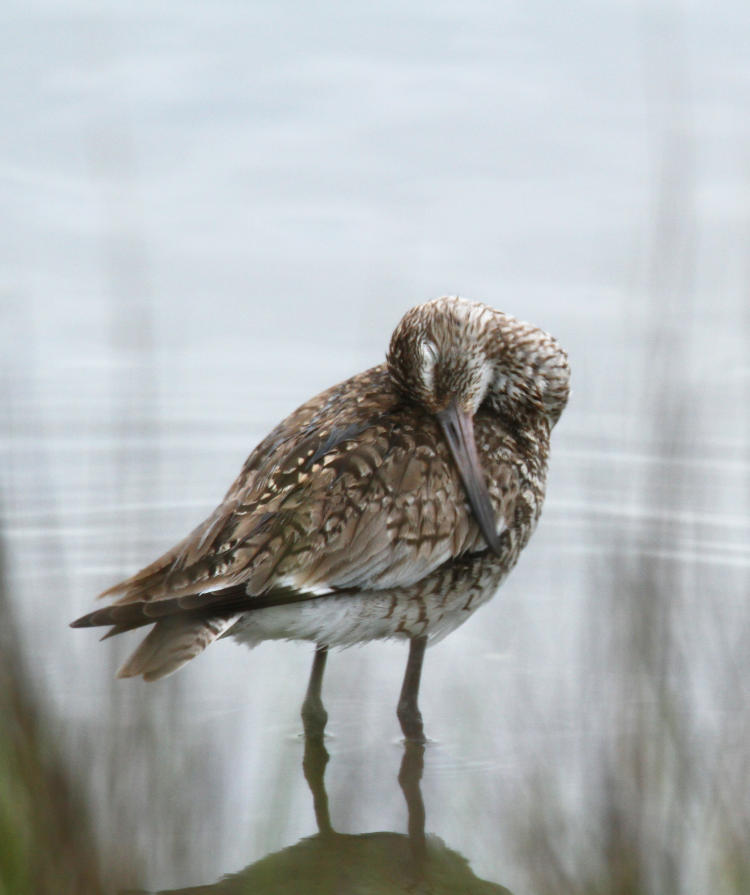On this recent trip, I went to (meaning, stopped at specifically) New Jersey, New York, and Ohio; I went through three times as many states as that, though if I could have avoided that I would’ve. Driving was pretty much a necessity – flying wouldn’t have cut it, but I can’t say how many kilometers I actually did, because I didn’t bother noting the odometer before leaving. Well over 2,000, anyway. And I took a few opportunities to snag some photos, though mostly from two specific areas, and mostly birds. So to start out slow (and get a post out quicker,) we’re doing the unbirds. The nonfowl. The vians (I believe that’s correct.)
In NY, I was in the region where I’d grown taller, and visited Montezuma National Wildlife Refuge, twice. This is a driving tour through wetlands that border part of the Erie Canal system off the north end of Cayuga Lake, and we’ll see plenty more of it later on. New York doesn’t have much to offer in the way of lizards, and the snakes are thinner than down here in the region of Walkabout Studios, but turtles, it has. This was made clear immediately upon arrival, early in the morning following an overnight rain, as I stopped to let a painted turtle get out of the middle of the driveway into the refuge. Within twenty minutes, I stopped to let another cross, and had to leave the car to coax this one along lest it get smooshed by another driver that wasn’t attentive. A few hundred meters further on, I finally leaned out with the long lens to shoot over the hood and get pics of yet another.

Surprisingly, there are no overused modifiers in the name like “eastern” or “northern” or “the state not the city you dinglefutz,” – it’s simply a painted turtle (Chrysemys picta.) They’re one of the only turtles that I’ve seen that will pause on sight of cars and actually turn around to seek cover; most species simply tuck in, regardless of their location, and refuse to backtrack at all. Chances are, the rain (or the ground softened by it) was bringing them out in search of nesting locations, and if I interpreted the actions of this one correctly, it (she) was actually covering over her laid eggs as I was there. This is, of course, much later in the year than in NC, which have likely already hatched. Something to do with NY having ugly damn winters.
Later on, there’s a spot where you can leave the car to enter a photo blind, down a short path through the marsh, and I decided to check it out. I don’t know why, because not once have I ever seen a public-access photo blind that has a view of any damn thing, but I keep hoping. This one turned out as expected, and on the return my brother called my smutphone, finally awake. Walking while yakking on the phone, I glanced down in the path and found a small turtle almost at my feet.
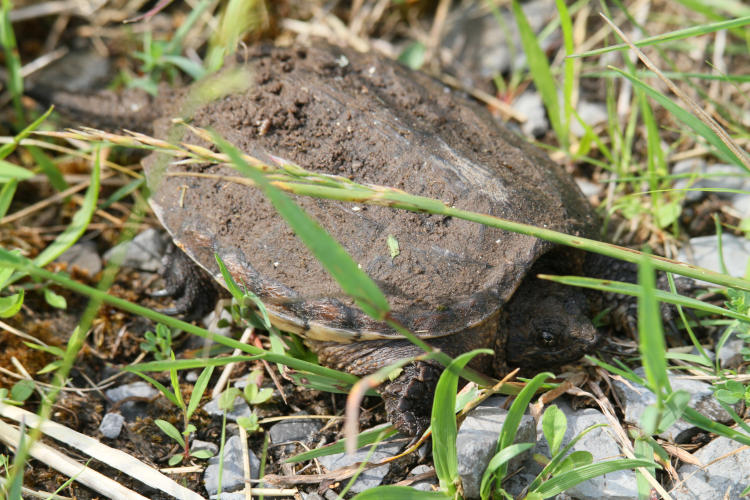
This is a common snapping turtle (Chelydra serpentina,) and as you might be able to tell from the stones and grasses in the frame, a small one at that, only palm-sized. It was completely motionless, and I wasn’t sure it was alive. I had carried only the camera and long lens, so I had to back away from it to even have the ability to focus, but I could at least make out the eyes then and determine that it was very much alive, just pretending to be a cow patty. That mud is potentially an indication that it just emerged from hibernation, though I would have said this was a little late in the year for that. Hey, I just photographs ’em, I don’t interrogates ’em.
Better than half a klick down the drive, a much larger specimen was marching purposefully along the edge of the gravel road.
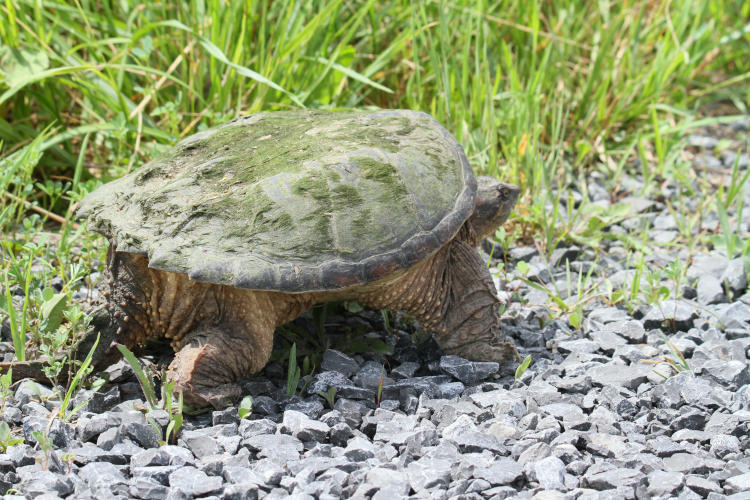
I’m not sure I’ve ever seen one standing quite so tall, legs at full extension and plastron nowhere near the ground, but this one seemed intent on a destination, and only paused as the car passed and it looked like it was now walking into danger. The algae on its back seems to belie the idea that the previous one had just emerged from hibernation, since this one would require some period of time out in warmer waters for the growth to occur, but as I said, no questioning. It never deigned to lower itself to the ground, nor retracted in the slightest, but simply regarded me inimically and dared me to prove the folklore correct.
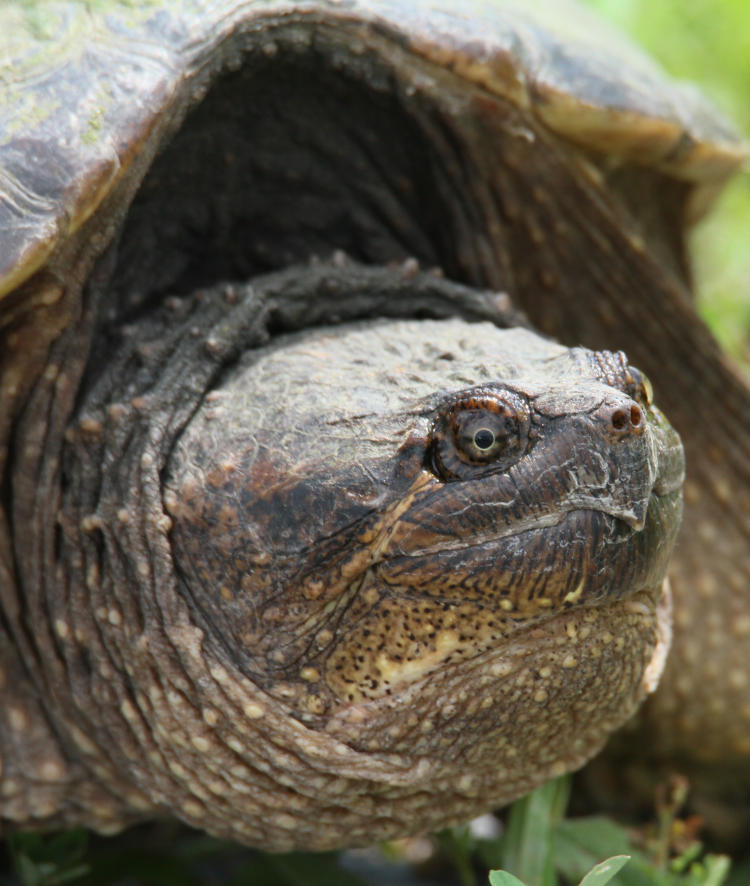
I don’t recall ever having been bitten by any turtle, and wasn’t about to change that with this one, whose carapace was probably in excess of 30cm, plus I was being a good boy and staying in the car, which was skewed diagonally across the drive so I could shoot behind me and get a portrait angle. I probably should have saved this for a Profiles post…
Hard as it may be to believe, I chased few of my typical subjects on this trip, but this wasn’t due to any particular efforts on my part – I just wasn’t seeing much. So here we have the only arthropod subject, also in the refuge.

To the best that I can determine, this is a cabbage white butterfly (Pieris rapae) partaking of an extremely common thistle plant (Asteraceae.) Extremely common in NY, anyway – seeing it reminded me that they’re not around here in NC, and you don’t hear me complaining, because their multitude of thorns are uncomfortable to encounter while traipsing afield. Even the cows don’t like them, and so you’ll see patches of them in the middle of pasturage all the time, standing well over a meter tall, but various pollinators seem to adore them. Given that the butterfly was right outside the car window and posing nicely, I took the opportunity, and captured the multiple false pupils of the eyes with decent detail, especially since I was using the 150-600mm lens and not the dedicated macro.
Outside of the main part of the refuge but still within a section of it, I climbed an observation tower to once again find it of no use, but before I left, I glanced down into the top of a smaller tree and found this little guy stretching out for a meal.

This is an American red squirrel (Tamiasciurus hudsonicus,) which I’ve only seen in NY though they have a significant range within the northern states. They’re quite small, less than half the size of the eastern gray squirrel, only a little larger than chipmunks – this one, among the largest that I’ve seen, I’d estimate as a little less than 30cm in overall length. I was pleased to get such a nice perspective, though the autofocus wasn’t quite behaving.
Annnnddd one last pic, but this one’s from Ohio, one of the few that I took there during a short hike to chase subjects.
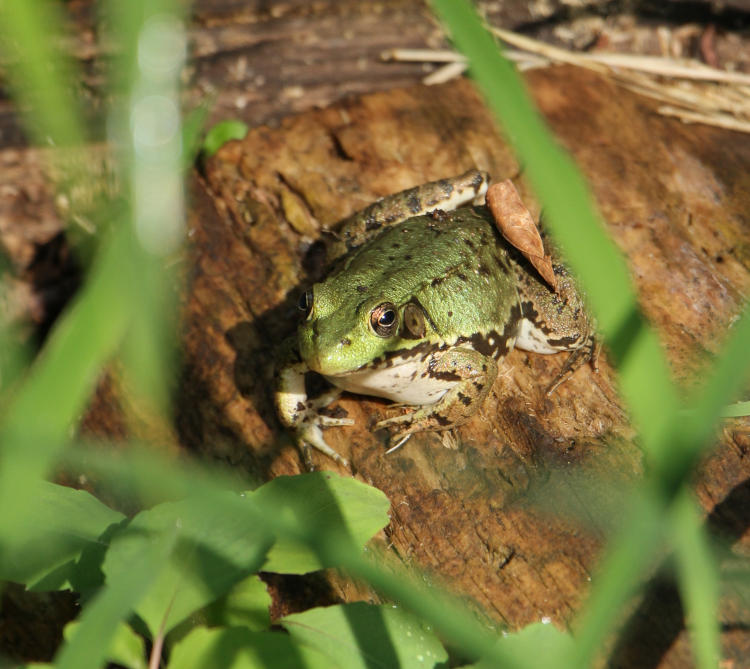
I thought this didn’t quite look right, and a little research told me why: this is a northern green frog (Lithobates clamitans melanota,) a subspecies of the ones found around here, slightly different in coloration. It was perched on a log well away from the creek – not unfathomably so, but further than I ever see them around here, which always use the water as a means to escape, but then again, it may be mating season up there – you know how stupid this makes us (shit, can you imagine if humans actually had a mating season?) Between the intervening grasses and the breeze, I tried to keep the shadows away from its eyes at least, as well as keeping my own shadow from spooking the frog off as I leaned in for the portrait angle – that’s probably my shadow down at bottom left. Nothing exciting, but hey, it’s a first in my stock.
That’s the start, and believe me, the birds will probably take up multiple posts. We’re getting there.

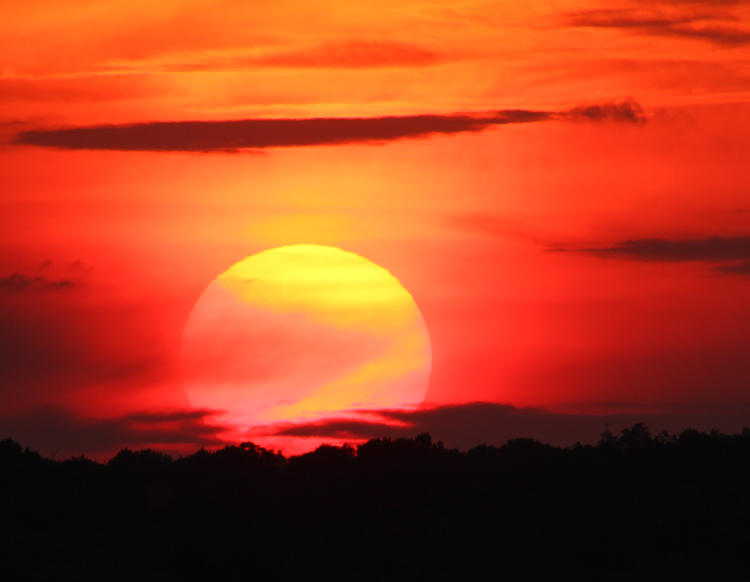































































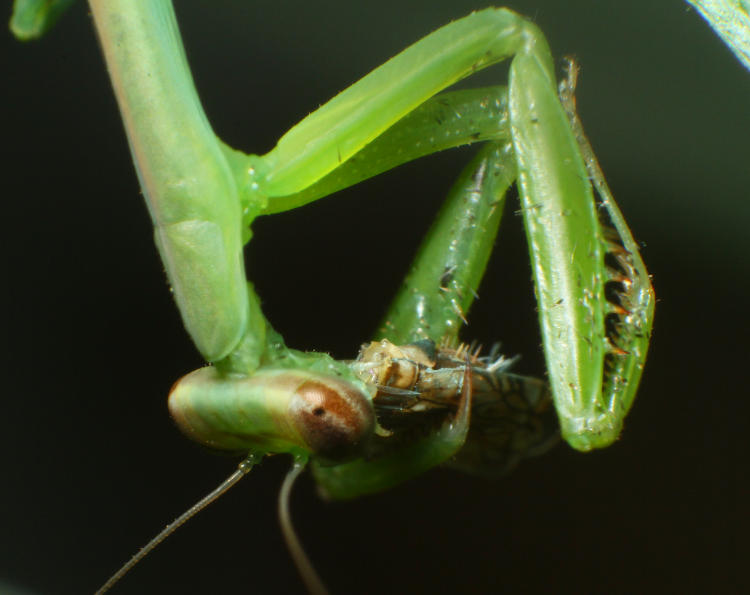

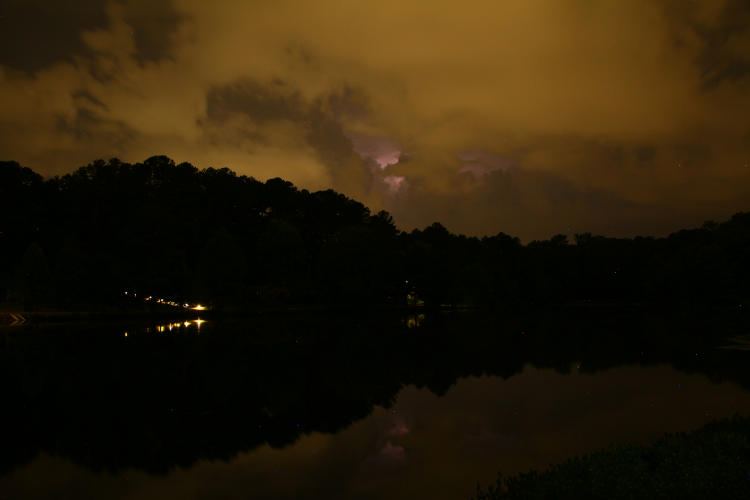
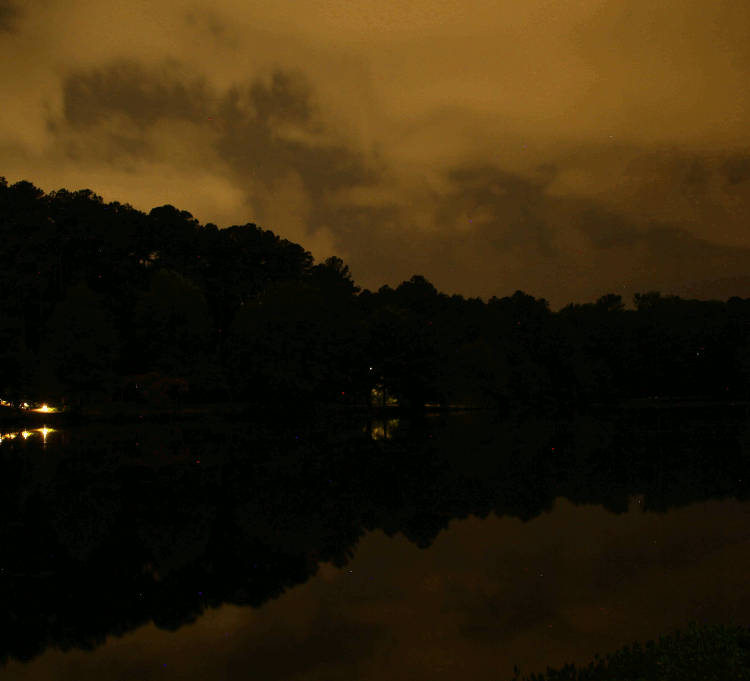
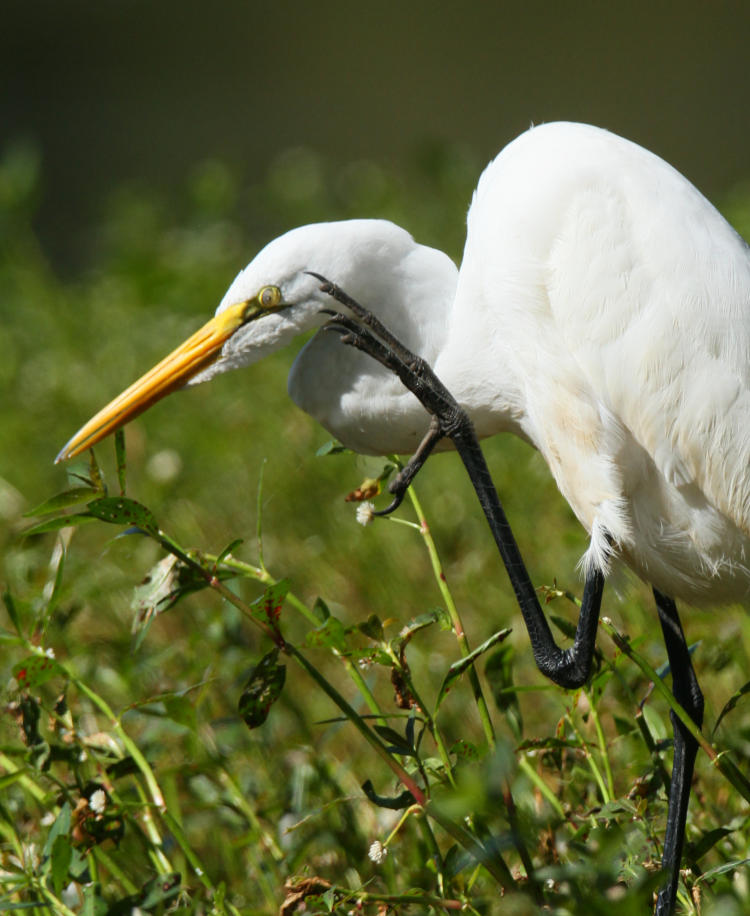
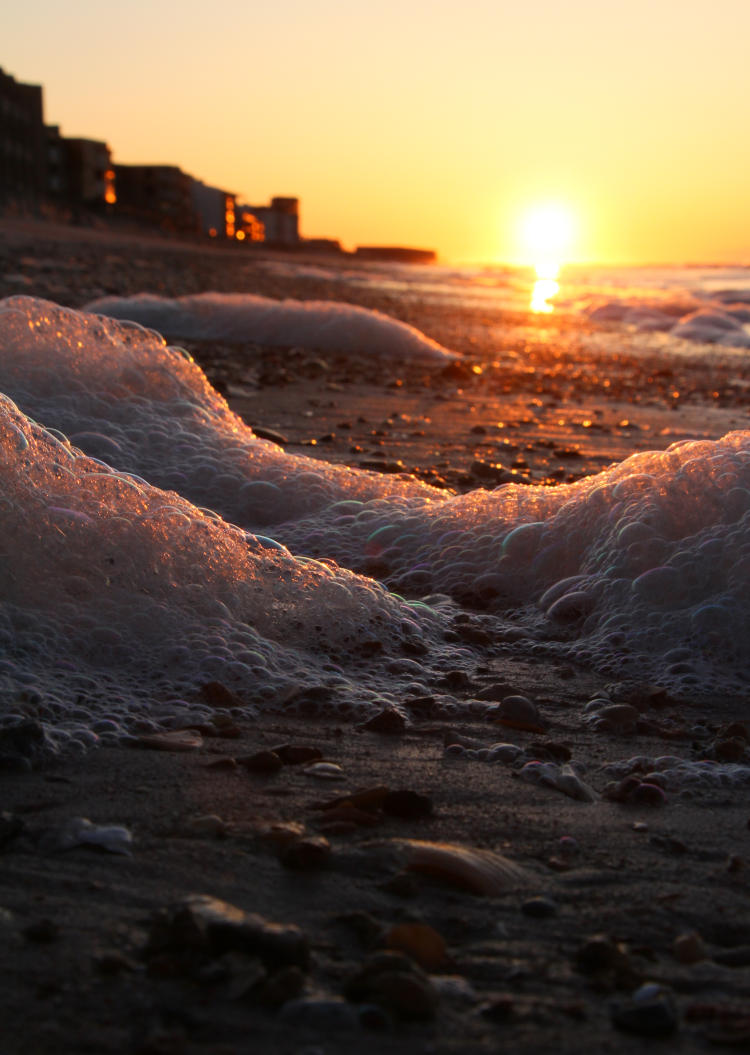
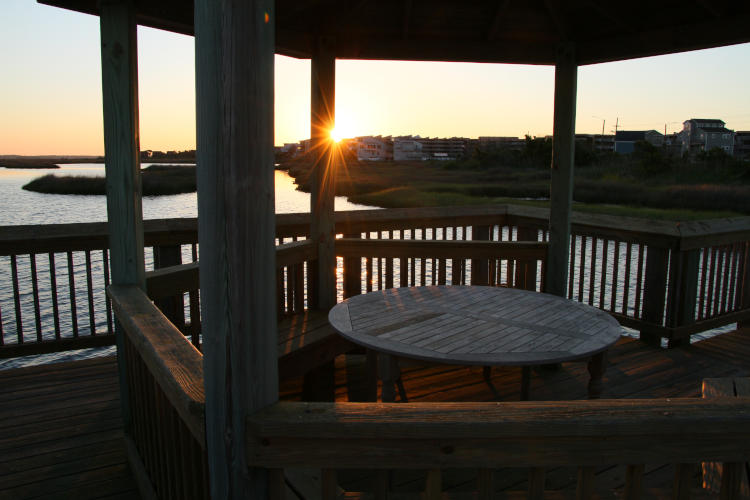



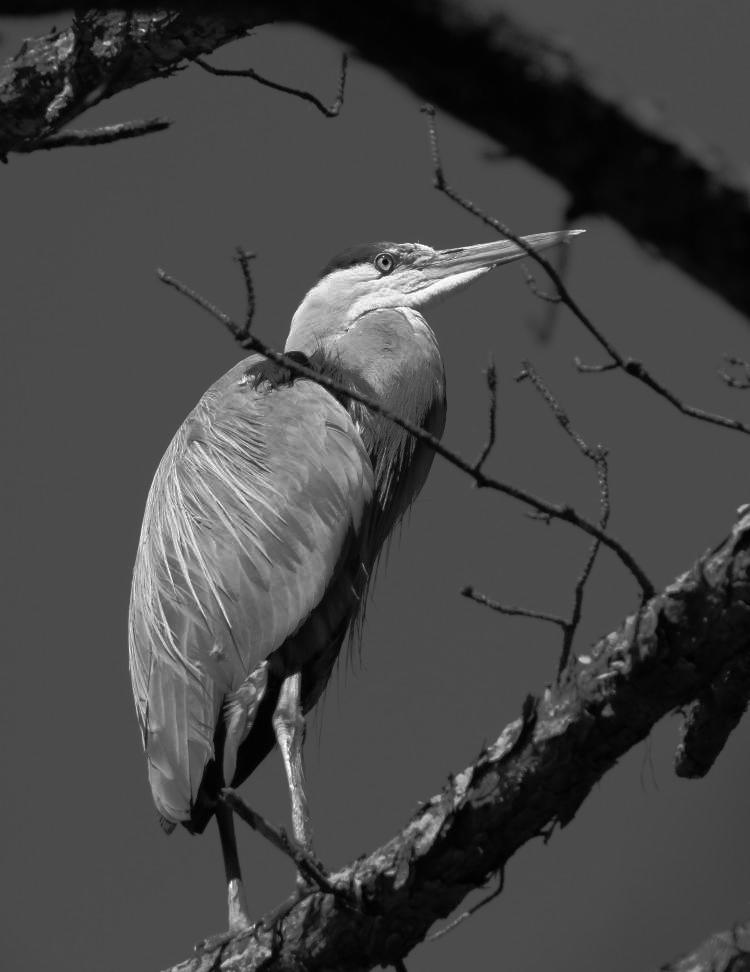
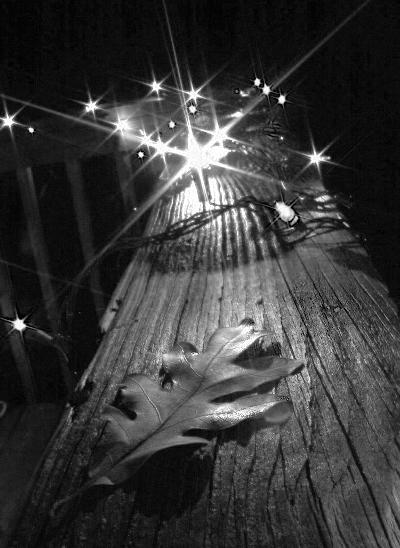 The original of this one is from
The original of this one is from  This is the green channel, and you can see how different lights gained more prominence. I did the blue channel too, but it was far more muted, the railing going way too dark. The blue channel is often the least impressive during channel clipping, but there are exceptions. Curiously, the leaf seems to be better defined in green.
This is the green channel, and you can see how different lights gained more prominence. I did the blue channel too, but it was far more muted, the railing going way too dark. The blue channel is often the least impressive during channel clipping, but there are exceptions. Curiously, the leaf seems to be better defined in green.


